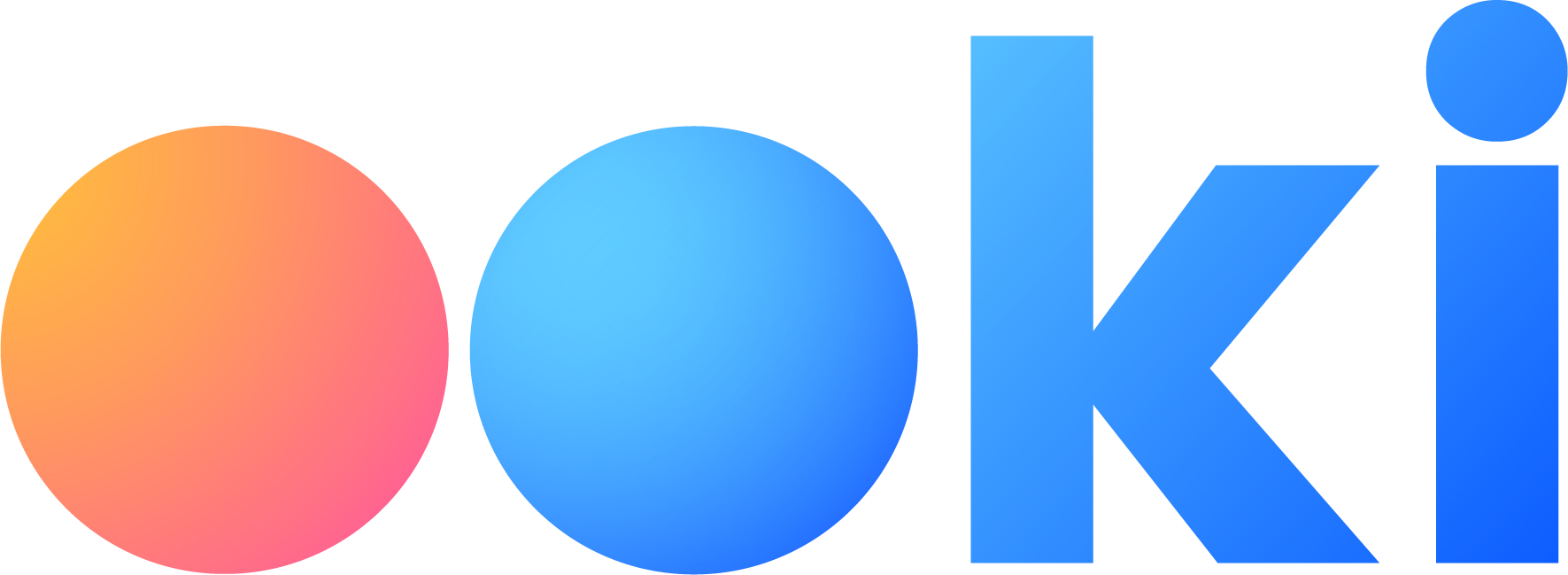What is Technical Analysis?
Technical Analysis (TA) is a market analysis strategy that can be used in order to assist traders in identify potential trading opportunities. A trader utilizing TA strategies will typically analyze statistical trends gathered from historical asset prices.
Chart Indicators
Chart indicators are a specific subset of TA used for performing market analysis. Chart indicators can be applied to price charts and provide traders with additional data used to make trading decisions.
There are thousands of chart indicators available which use a variety of data in order to give traders insights into future price movements. The Ookiversity chart indicator series will focus on some of the more popular indicators.
In this week's article we are focusing on On-Balance Volume.
On-Balance Volume
On-Balance Volume (OBV) is a momentum indicator that leverages volume flow to predict changes in stock price. Introduced by Joseph Granville in 1963, OBV is based on a cumulative total volume. It operates under the principle that volume precedes price movement, meaning that a change in volume can often foreshadow a change in price direction.
The calculation of OBV is relatively straightforward. If today’s closing price is higher than yesterday’s, then today’s volume is added to the OBV total. If today’s closing price is lower, then today’s volume is subtracted. If the closing price remains the same, the OBV total also remains unchanged. The resulting OBV line is then plotted alongside the price chart of the asset, providing traders with a visual representation of volume changes and potential price trends.

How to use On Balance Volume in Trading Strategies
OBV serves as a valuable tool in a trader’s arsenal, particularly for confirming trends and spotting potential reversals. Here’s how it can be integrated into trading strategies:
- Trend Confirmation: A rising OBV reflects positive volume pressure that can lead to higher prices. Conversely, a falling OBV indicates negative volume pressure, which can result in lower prices. Traders use OBV to confirm the strength of a trend. For example, an upward price trend accompanied by a rising OBV suggests a robust and sustainable upward movement.
- Divergence: This occurs when price and OBV move in opposite directions. If the price is making new highs but OBV isn’t, it could indicate a lack of volume support and a potential trend reversal. Conversely, if the price is making new lows but OBV isn’t, this could suggest a potential upward reversal.
- Breakouts and Breakdowns: Traders also use OBV to predict breakouts or breakdowns. For example, if the OBV starts to move up or down sharply without a significant price change, it could foreshadow a price jump.
- Support and Resistance: OBV can be used to identify potential support and resistance levels. Traders often draw trend lines on the OBV chart, and when the OBV line breaks through these trend lines, it can be an indication to buy or sell.
Incorporating OBV into trading strategies requires practice and an understanding of the specific asset’s behavior. An inclusive trading strategy usually integrates various indicators, market news analysis, and other pertinent data before finalizing trade decisions.
Use the Ookiversity to learn more about indicators and trading tools.
About Ooki
Ooki is a protocol for margin trading, borrowing, lending and staking enabling the building of Decentralized Applications for lenders, borrowers, and traders to interact with the most flexible decentralized finance protocol on multiple blockchains. Ooki is a fully decentralized, community-run DAO, governed by the community vote for all major changes to the protocol. Ooki users can engage in margin trading with up to 15x leverage using a fully decentralized trading platform.






